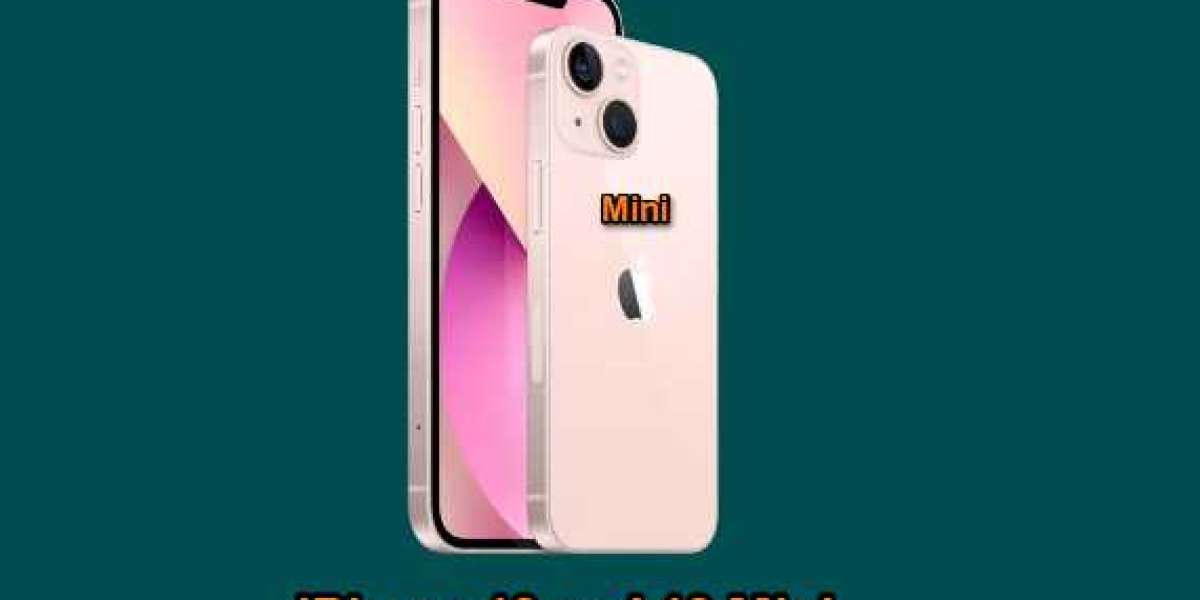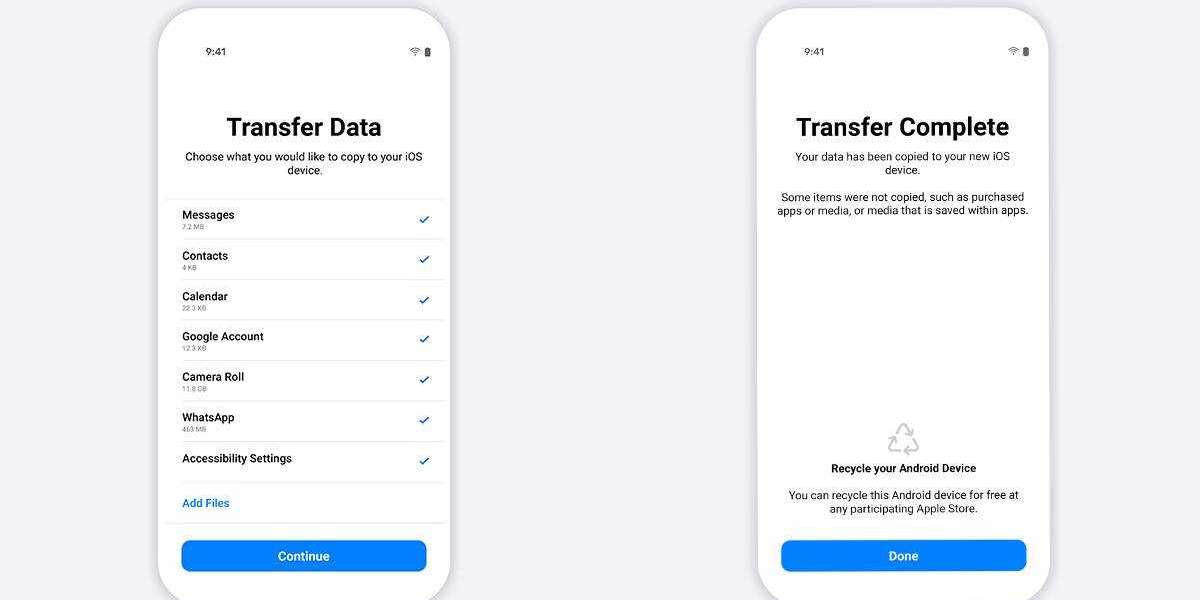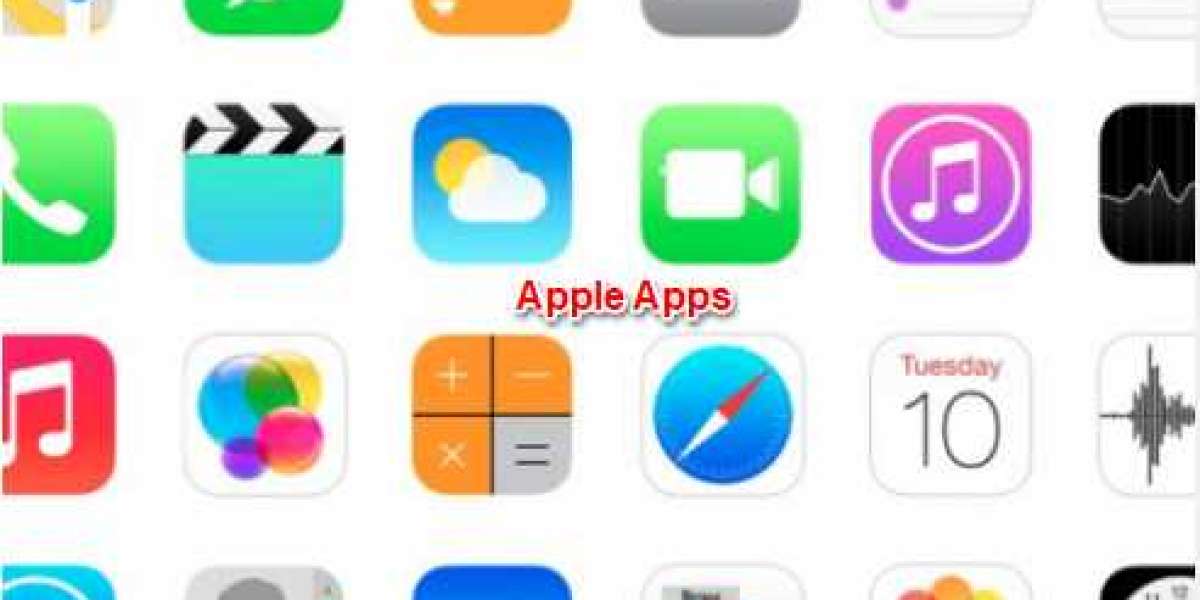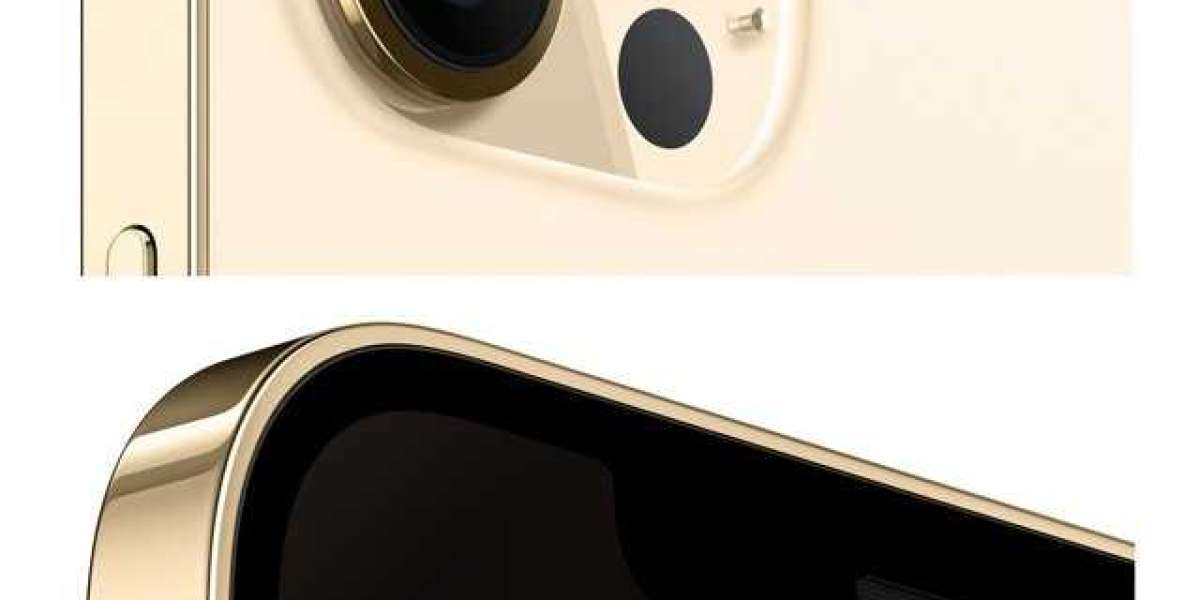Assuming you’re starting with a good foundation, I think the list of what really makes a big difference in phone upgrades is actually short. The first thing on the list is improved battery life. The second is an improved camera.
The two features above are the two features that make a significant difference in your smartphone's day-to-day experience (provided, of course, that the basics aren't abysmal). Those are also the features that Apple improved with the iPhone 13 and 13 Mini.
These two enhancements are in addition to the substantial upgrades made by Apple with the iPhone 12 last year. If you already own an iPhone 12, this year's update appears to be iterative, though, significant. If you have a previous iPhone, the list of things that the iPhone 13 does better is nearly too long to list.
The predecessor version- iPhone 12 introduced new technologies as well as a stylish new design, and of course, a new, Mini-sized version. The battery and camera enhancements in the iPhone 13 aren't as spectacular, but they're more crucial.
A Peep at iPhone 13 and 13 Mini Specifications and Design:
It's tough to notice the difference between the iPhone 13 and its previous models unless you examine very closely. The iPhone 12 and 12 Mini offered a new flat-edged design that I still think is a huge upgrade over previous models. The iPhone 12 Mini, of course, was the first smartphone in a long time to deliver a truly amazing experience in a smaller form size.
They also moved to OLED displays, which are superior to LCD displays in various respects, including contrast ratio, brightness, and battery economy. They increased the bandwidth to 5G. The MagSafe charging system was incorporated.
Because consumers are now holding on to their devices for longer periods of time — particularly iPhones — it's worth examining all those major developments. Because so many of the people who will buy the iPhone 13 and 13 Mini will be unfamiliar with what the iPhone 12 had to offer, I believe it's fair to give them credit for the design they're built on.
However, there are several alterations to that design. The latest iPhones are slightly thicker in general, with significantly larger camera bumps. As a result, cases made for the iPhone 12 and 12 Mini are unlikely to suit the subsequent models. Not only has the camera bump grown in size, but the lenses have been adjusted to make room for the massive new sensor in the main wide-angle camera.
Another impressive difference is the notch that houses FaceID and the selfie camera has been lowered by 20% - but don't get too excited. It's only been shrunk on the horizontal axis, so the extra screen you receive isn't much (and Apple isn't using it to display more information, such as battery percentage).
The A15 Bionic is a new chipset found within the iPhone 13. As is typical of iPhones, it's tough to notice substantial speed increases, but that's only because iPhones have so much headroom that they seem fast for longer periods of time. The Pro models feature one additional GPU core than the standard devices, but I haven't observed any difference.
The standard capacity on the least costly iPhone 13 and 13 Mini has been boosted to 128GB this year, which is a significant change. I'm honestly impressed that Apple was able to raise the minimum storage on its own - it's usually done it far too late in the past.
Let’s Look at the iPhone 13 Battery:
Last year's iPhone 12's battery life wasn't exactly as good as I had hoped. Last year's iPhone 12 Mini's battery life was, unfortunately, precisely what I had expected: poor. So, with the iPhone 13 this year, Apple did incredibly well; it increased the battery capacity to the excitement of users.
Apple's battery claims this year are primarily driven by the larger batteries (9 percent on the iPhone 13 Mini and 15.1 percent on the iPhone 13). It claims that the normal iPhone 13 will last two and a half hours longer than the iPhone 12, while the Mini would last one and a half hours longer.
But the fact is, if you don't have an iPhone 12, the claim that 13 lasts over two hours longer is irrelevant. However, my conclusion about the ordinary iPhone 13 does not require any comparisons: battery life is outstanding.
The iPhone 13 lasted from 7 a.m. to 12 a.m. on one of the days I subjected the smartphone to a test. That included camera testing, video viewing, doom scrolling, emails, work, and a few games. For the five hours of screentime that day, it was a rigorous set of work, so that's impressive. I didn't notice the battery warning till the next morning on a different day with lighter usage. The battery in the iPhone 13 isn't magical, though. I was hunting for a charger around 7 or 8 a.m. when we had a full day of 4K video testing.
The battery life of the iPhone 13 Mini is significantly better than that of the iPhone 12 Mini from last year, but not nearly enough for me to suggest it to anyone looking for a smaller phone.
I had to drastically alter my phone behavior with last year's 12 Mini in order for it to survive a complete day. This year, I just had to make minor adjustments to my habits. If you're not addicted to your screen for long periods of time, I believe the 13 Mini crosses a battery usability boundary that the 12 Mini failed to even approach.
The iPhone 13 Mini, like the 12 Mini are designed to be as small as possible, both in terms of size and how often you use them. The Mini's battery is likely to be insufficient if you use your phone consistently throughout the day.
My lesson from the Mini is that the enhancements alone will not be sufficient to overcome the underlying physics of smaller batteries. My conclusion on the ordinary iPhone 13 is also based on physics: a large battery equals high battery life.
Finally, there's a new pink color option, which is my favorite design enhancement over the iPhone 12. It is the greatest of all the colors available on the iPhone 13 and 13 Pro models.
Camera:
The iPhone 13 use a camera system that is also applicable to the 13 Mini, which includes a conventional wide-angle and an ultrawide lens. Both have been updated, but the wide angle has received the most attention.
The update to the wide-angle camera sensor, like the battery, is simple: make it bigger. A larger camera sensor can capture more light faster and offer better results. Apple had precisely such a sensor on hand: the one from the iPhone 12 Pro Max from last year.
Also Read: The iMessage App on iPhone 13
That's significant since the 12 Pro Max stood out from the rest of the iPhones last year because to its bigger sensor, which is now the new standard this year. And it has been the greatest smartphone camera on the market for both photographs and video from the moment the 12 Pro Max was announced until now.
I'm pleased to announce that the iPhone 13 and 13 Mini achieve similar or better results. Details are clear and accurate, colors are vibrant without being oversaturated, focusing is quick and accurate, portrait mode is suitable for everyday use, and low light and night vision are also excellent.
The video quality is excellent. Sensor stabilization is available on the main camera, which comes in handy when walking around. It can handle all of the 4K and slow-motion modes that are important, and it does it flawlessly.
The only way to be dissatisfied with its camera is to compare it to an iPhone 13 Pro — and even then, I believe you'd need to do so on a large screen with shots taken in low light.
I’d wished for an update to the selfie camera sensor. It has some software enhancements, just like the other cameras, and it's now housed in a smaller notch, but Apple can't keep the selfie camera the same for another year.
With the iPhone 13, Apple has included two new camera modes: Photographic Profiles and Cinematic Mode. Both of those capabilities are covered in depth in my iPhone 13 Pro review, so you can read all about how they function there. But I'll go over each one briefly here as well.
iPhone 13 features Photographic Profiles. These are new camera system that allows you to alter the default look of the image you're taking. Instead of doing it in post-production, you can modify the tone and contrast of all the photos you capture.
You may be aware that Samsung phones take images with a lot of detail, whereas Google Pixel phones take photos with a lot of contrast and blue. Apple is effectively conceding that folks may like certain appearances and is providing a way to acquire them automatically with Profiles. You can also personalize each one according to your tastes.
In contrast to filters, profiles do not apply tone and warmth settings to the entire image. When the iPhone detects grass, faces, or the sky, it adjusts its color preferences accordingly, ensuring that you don't end up with odd-looking skin tones or purple skies.
You can't erase or make adjustments made with a Profile after the fact (beyond standard editing), and you can't utilize RAW at the same time as profiles. It's helpful to think of them as presets from time to time, and I'm sure I'll use them. Apple states that the A15 Bionic is required for the entire Profiles experience to work, but I believe that this feature should be available on earlier iPhones as well.
Cinematic Mode is a brand-new function that works similarly to Portrait Mode except for video. It focuses on a face and blurs the rest of the scene, just like a lens with a large aperture might. However, it tries to modify the focus as it sees fit, changing to a background face if a face in the foreground, for example, turns away. You may change the focus manually when shooting the video or afterward in the edit - but only within Apple's own apps like Photos or Final Cut.
What you get from Cinematic Mode aren't quite as impressive as Apple's own advertising suggest. It doesn't perform well (or at all) in low light, and it suffers from the same issues as early Portrait Mode shots, such as strange cutouts around hair and glasses. It also only works at 30 frames per second in 1080p.
However, don't be put off by the claim from Apple about Cinematic Mode. The iPhone 13 and 13 Mini have outstanding camera systems. They'd be the best phone on the market right now if it weren't for the iPhone 13 Pro.




